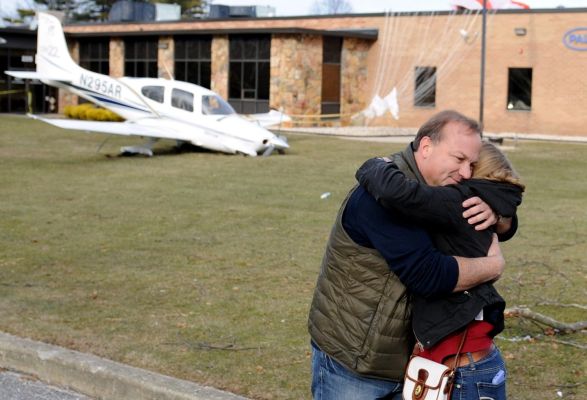wanttaja
En-Route
How do you score it? If there are ten chute pulls that resulted in live pilots, and three of the ten would have died if they'd attempted to land, is that an argument for or against the chute? What if two pilots would have died? What if six would have? In other words, how many people have to NOT die to make the chute worthwhile?
Thinking about this, I decided to gather some data.
I took my 17-year database of homebuilt accidents, and extracted the Glasair and Lancair accidents (e.g., high performance homebuilts). There were 247 total accidents over the period, of which 75 (about 30%) included an engine failure (for any reason...mechanical issues, running out of fuel, etc.).
Of those 75 accidents, the pilot was unable to execute a safe forced landing (defined as either serious or fatal injuries) in 31 of them...about 41% of the time. Seven occurred during takeoff, while another three were on climbout with the actual altitude the engine quit not clear. The rest were in the nominal envelope of a BRS.
So...if your engine quits in one of these high-performance homebuilts, you're got about a 30% chance of fatal injury or death. The median flight time of the pilots involved was about 1500 hours.
Just for the heck of it, I ran the same analysis for the RVs...and they're worse! They see a lower percentage of engine failures (17% vs 30% for the high-performance homebuilts), but Sixty-one percent of all RV engine failures result in serious injury or death.
No question, pilots should have the skills to safely land the aircraft without a BRS. But the numbers seem to indicate that there's a high percentage of cases where either the challenge is beyond the pilot's skill or the engine-failure location doesn't permit a safe landing.
Ron Wanttaja


![0308_Cirrus_save1[1].jpg 0308_Cirrus_save1[1].jpg](https://www.pilotsofamerica.com/community/data/attachments/36/36704-f480b4a357c437b02364beeb667dbfc8.jpg)
